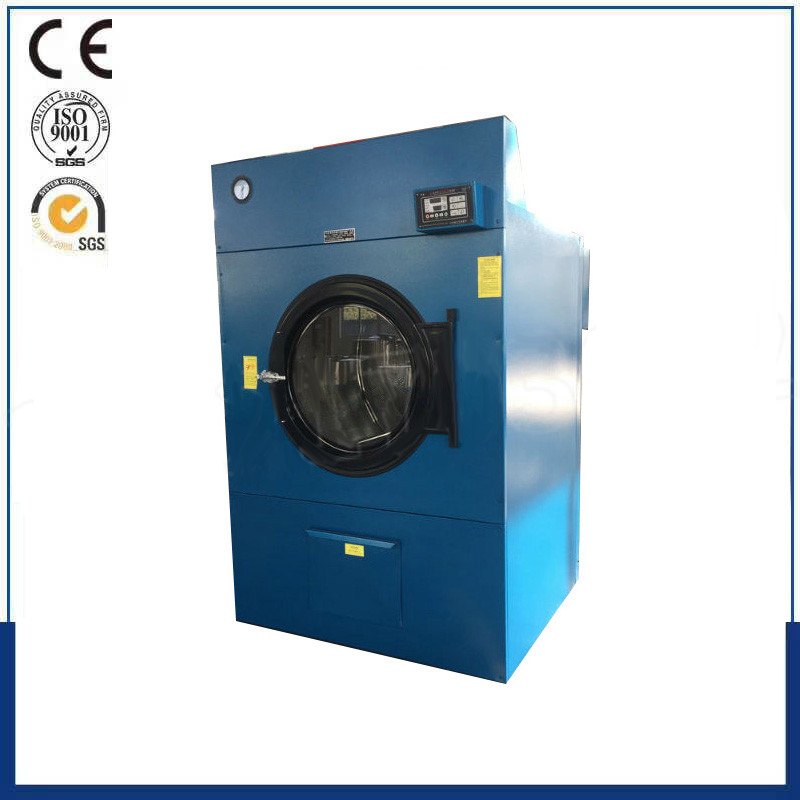
Maintaining uniform drying inside the dryer drum plays an important role in improving the overall drying efficiency of the dryer! Therefore, the issue of maintaining uniform drying in the dryer is also a concern for dryer manufacturers!
1. We can improve the dispersion of materials in the cross-section of the cylinder by increasing the contact time and contact area between the material and hot air per unit length in the axial direction of the cylinder, modifying the lifting plate, or by increasing the length of the dryer cylinder.
2. By increasing the flow rate of dry air, the heat and mass transfer coefficients can be directly improved, the drying rate can be increased, and the hot air can be replaced in a timely manner, which is beneficial for the external diffusion process. However, increasing the flow rate of hot air will reduce the residence time of hot air in the dryer cylinder, affecting thermal efficiency and causing waste of thermal energy.
At present, the comprehensive treatment and application of desulfurization gypsum in China have started, and there are huge market opportunities in the utilization prospects, especially in economically developed areas where natural gypsum is scarce but desulfurization gypsum resources are abundant. Practical application has proved that desulfurization gypsum is a valuable resource with high grade, and the dryer can be suitable for the production of gypsum building materials for different purposes. The treated desulfurization gypsum is a better cementitious material than natural gypsum.
Principle of dryer:
Dry and wet materials are transported to the hopper by a belt conveyor or bucket elevator, and then enter the feeding end through the feeding pipeline through the feeding machine of the hopper. The slope of the feeding pipeline should be greater than the natural inclination angle of the material, so that the material can flow smoothly into the dryer. The dryer cylinder is a rotating cylinder slightly inclined from the horizontal line. The material is added from the higher end, and the heat carrier enters from the lower end, coming into counter current contact with the material. There are also cases where the heat carrier and the material flow together into the cylinder. As the cylinder rotates, the material moves to the lower end under the action of gravity. During the forward movement of the wet material inside the cylinder, it directly or indirectly receives heat from the heat carrier, allowing the wet material to dry, and then is sent out through a belt conveyor or screw conveyor at the discharge end. There is a copying plate installed on the inner wall of the cylinder, which is used to pick up and sprinkle the material, increase the contact surface between the material and the airflow, improve the drying rate, and promote the advancement of the material. Thermal carriers are generally divided into hot air, flue gas, etc. After passing through the dryer, the heat carrier generally needs a cyclone dust collector to capture the materials carried in the gas. If further reduction of exhaust dust content is required, it should be discharged after passing through a bag filter or wet dust collector.

















 Phone
Phone
Comment
(0)